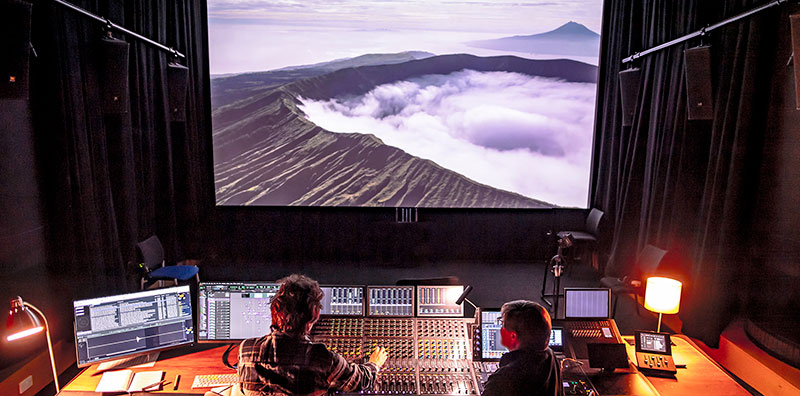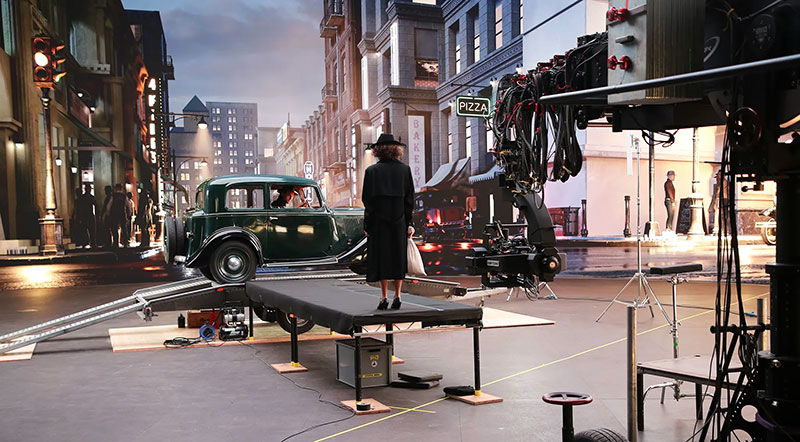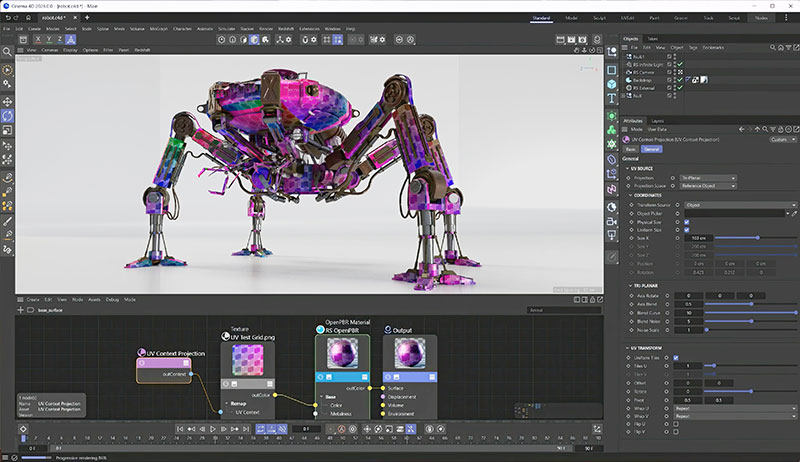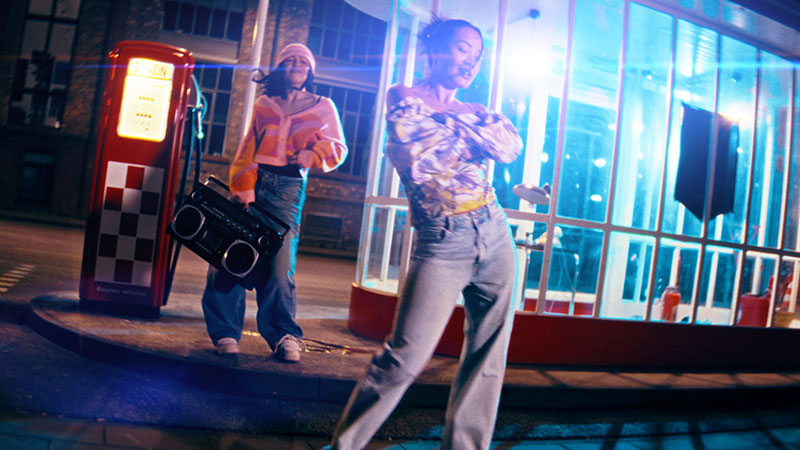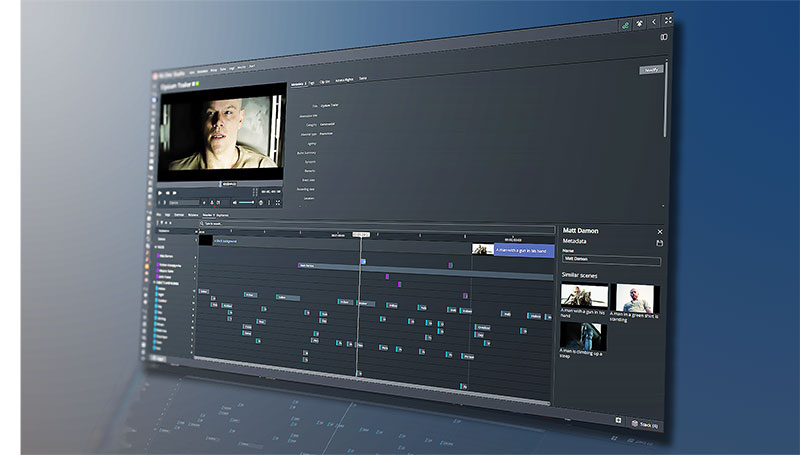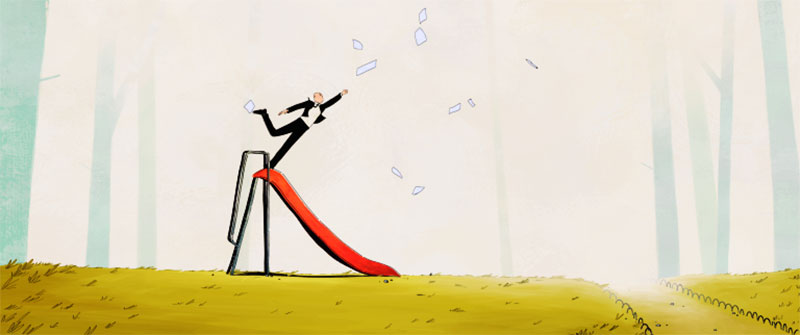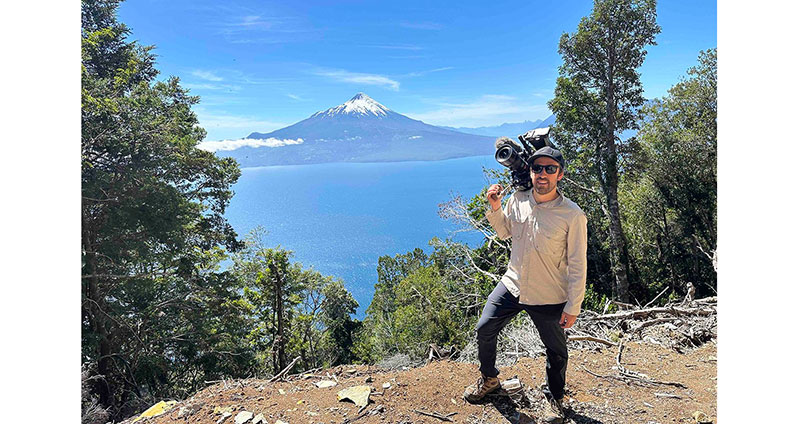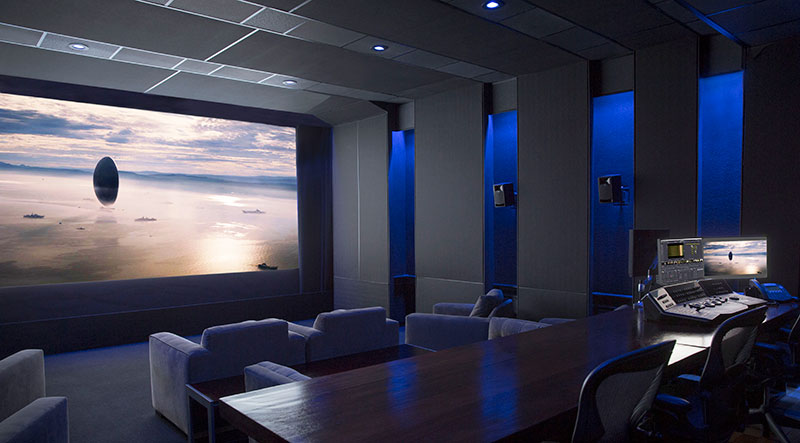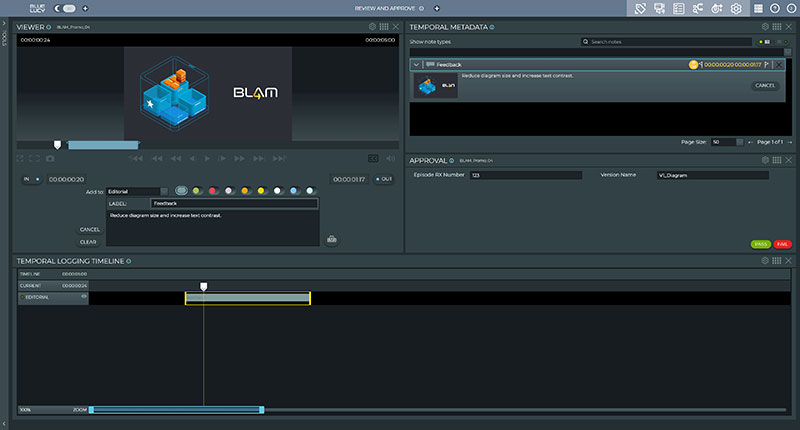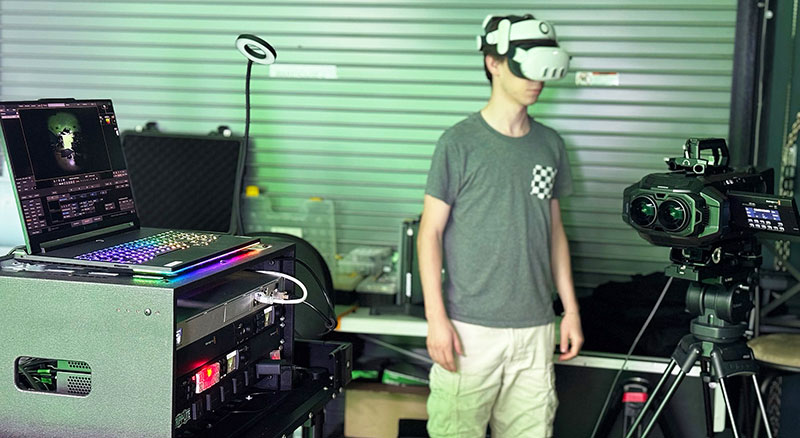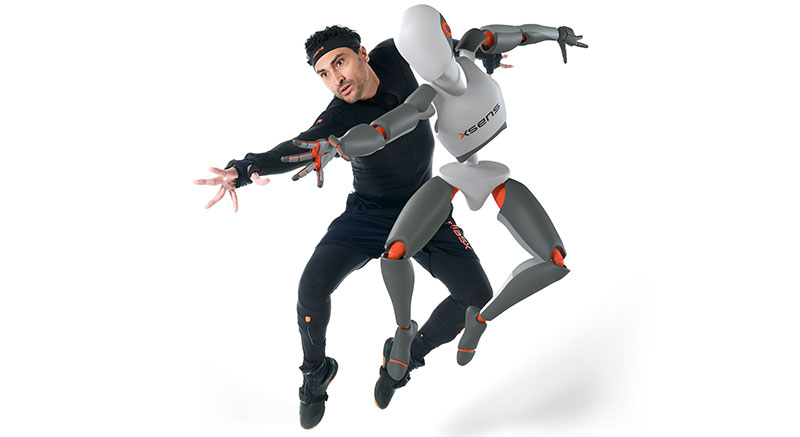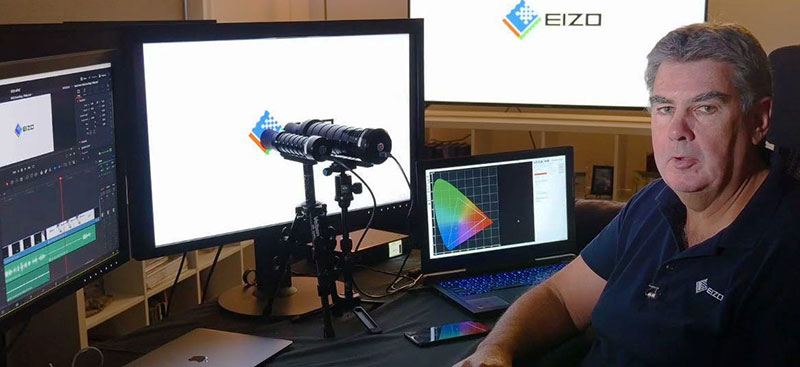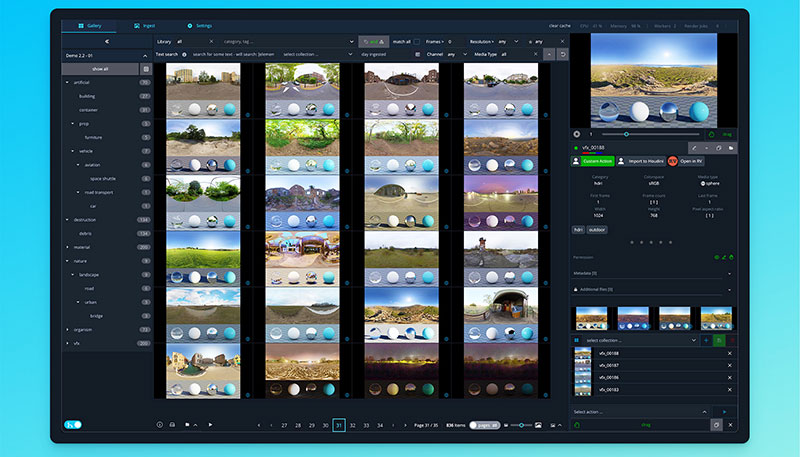zweiB post, a specialist in deliverables for cinema, events and trade shows extended its long partnership with Rohde & Schwarz, moving up to R&S CLIPSTER 6 MK 2 for all mastering tasks.
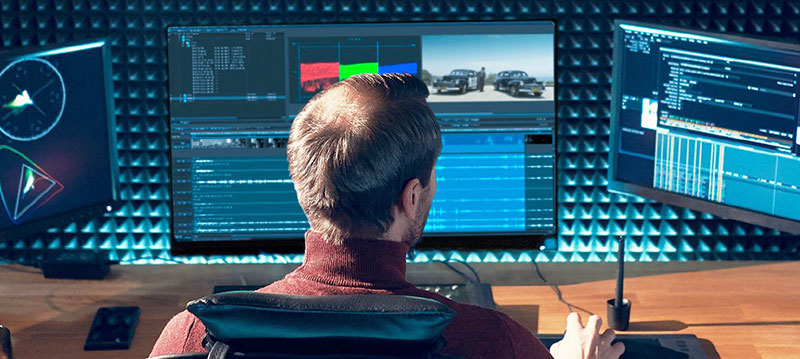
zweiB post production in Munich, a specialist in deliverables for cinema, events and trade shows, works out of a large, comprehensive post facility and is particularly well known for its skills and experience in mastering of all formats. The team supports major film festivals including the Berlinale and operates facilities for large-scale product launches and trade shows. Clients come to zweiB looking for a high quality result, and for completely reliable services for major events.
From the early days of digital cinema delivery, zweiB recognised ’s value of the R&S CLIPSTER in helping the company maintain a high mastering standard. After trying other systems in the following years, it now relies solely on CLIPSTER for all mastering tasks, and has upgraded its installation with the most recent version, R&S CLIPSTER 6 MK 2, extending its long partnership with the system's developer Rohde & Schwarz.
“Whether it is a major film festival or a product launch, our clients need to know that the image on the screen and the accompanying audio are perfect,” said Tammo Buhren, Owner and Managing Director at zweiB. “That is the reason we use R&S CLIPSTER – it is a recognised industry standard.
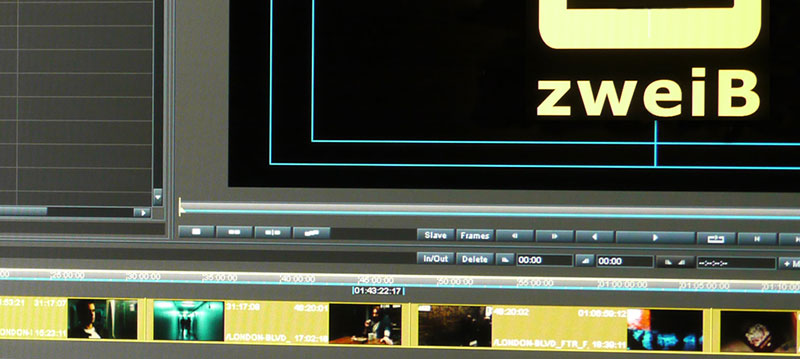
With CLIPSTER, users can edit all media types, in any resolution, and output a high-quality deliverable that meets very specific delivery specifications. This means it can serve as a foundation for post-production vendors like zweiB to build their services on. The system uses a precise procedural colour-processing pipeline to mix and match any colour format in the timeline, and convert all clips to a chosen, target colour space.
CLIPSTER supports numerous file formats natively and allows zweiB to mix different codecs with uncompressed frame sequences – all within one timeline. This timeline works similarly to an NLE timeline, including a conforming tool for use in assembly. Combining it with CLIPSTER’s resolution and format agnostic processing engine, has made the whole system very capable across nearly any post-production workflow.
“Choosing to upgrade to the latest version is part of future-proofing our business. Standards in the industry are changing quickly, but it helps that Rohde & Schwarz is an active part in the process,” Tammo said.

André Vent, Sales Manager Broadcast and Media at Rohde & Schwarz said, “We’ve enjoyed a long relationship with zweiB, and appreciate being able to work with them on the latest version of R&S CLIPSTER. They are a good example of a small, extremely successful company, working within its specialist area. zweiB shows that R&S CLIPSTER is a valuable investment even for smaller businesses who need complete reliability, straightforward operation and high quality.” www.rohde-schwarz.com




